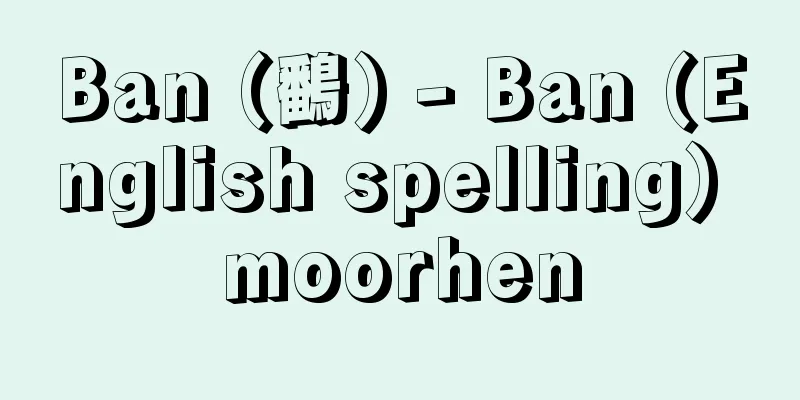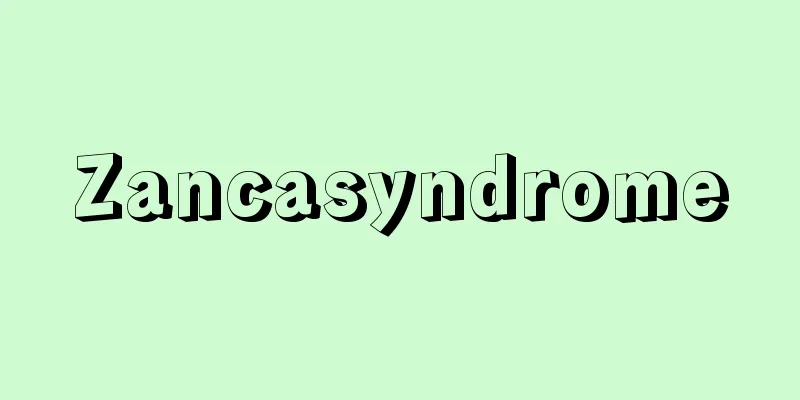Hata clan

|
Along with the Yamato no Ayauji, they were one of the most powerful tribes of ancient immigrants. According to the Kojiki, Nihon shoki, and Shinsen Shojiroku, during the reign of Emperor Ojin, Yutsuki no Kimi, a descendant of the First Emperor of Qin, migrated to Japan with the people of 120 prefectures, but they were not Chinese but Silla immigrants, and are thought to have arrived after the 5th century. There is also a theory that the name Hata comes from the Korean word "Bada," which means "sea." Based in Yamashiro Province (Yamashiro Province, central and southern Kyoto Prefecture), the Hata clan and their people under their control (Hata people, Hata tribe, Hata tribe) are found in huge numbers all over Japan. While managing the Imperial Court's storehouses and controlling the finances of the Yamato royal authority, they were notable for their activities as a clan that promoted industry, such as taking the lead in various technical fields such as foundry and carpentry by employing engineers of Silla descent, and promoting the development of mines and irrigation and civil engineering projects. Although they did not show much political activity, the presence of Hata no Ootsuchi, who was a close aide to Emperor Kinmei, and Hata no Kawakatsu, who served Prince Umayado (Prince Shotoku), suggests that the Hata clan held hidden power within the Yamato royal authority through their abundant economic strength and financial ability. [Kenkichi Kato] [Reference] |Source: Shogakukan Encyclopedia Nipponica About Encyclopedia Nipponica Information | Legend |
|
東漢氏(やまとのあやうじ)と並ぶ古代の渡来人中の雄族。記紀や『新撰姓氏録(しんせんしょうじろく)』などによれば、応神(おうじん)朝に秦(しん)の始皇帝の後裔(こうえい)の弓月君(ゆつきのきみ)が120の県(こおり)の人民を従えて移住したと記すが、中国系ではなく新羅(しらぎ)系の渡来人で、渡来時期も5世紀以降と想像される。ハタは、朝鮮語で「海」を意味する「パダ」に由来するとの説もある。山背(やましろ)国(山城(やましろ)国、京都府中・南部)を拠点として秦氏とその支配下の民(秦人・秦人部・秦部)の分布は日本各地にみられ膨大な数に及ぶ。朝廷の蔵を管理し、大和(やまと)王権の財政をつかさどる一方、新羅系の技術者を擁して鋳工・木工などの各種技術部門の主導権を握り、鉱山の開発や灌漑(かんがい)・土木事業を推進するなど殖産氏族としての活動が顕著である。政治的にはさほど目だった動きを示さないが、欽明(きんめい)天皇の側近であった秦大津父(はたのおおつち)や、厩戸皇子(うまやどのみこ)(聖徳太子)に仕えた秦河勝(はたのかわかつ)の存在は、秦氏がその豊かな経済力と財政的手腕によって、大和王権内に隠然たる力を保持したことを示唆している。 [加藤謙吉] [参照項目] |出典 小学館 日本大百科全書(ニッポニカ)日本大百科全書(ニッポニカ)について 情報 | 凡例 |
Recommend
Pedobesia
…This was once called the sea egg Halicystis , bu...
Ohara Institute for Social Research - Ohara Institute for Social Research
This private academic research institute was esta...
Urakami collapse - Urakami collapse
The incidents of arresting hidden Christians occur...
Bessel functions - Bessel functions
In a broad sense, it refers to the solution of Bes...
Naoki Iguchi
...In the 1900s, Mitsukoshi Gofukuten actively im...
Air injection engine
…However, the engine that he commercialized in 18...
Theridion japonicum (Princess Spider)
A spider of the family Theridiidae in the order Ar...
National Master - Kokushi
An honorific title for monks. It means the teache...
Smoking - Kisso
…This book was written by Eisai, who introduced t...
How I Became A Christian
...His academic achievements were at the level of...
Cardinal numbers
Please see the "Group Numbers" page. So...
Safety analysis
...The later in the development process safety is...
Circular soil - Enkeido
...Soil with gravel structured is classified as s...
Kwansei Gakuin University - Kwansei Gakuin University
It is a private institution. It was founded in Ko...
Hard candy - Hard candy
...In the early Edo period, the candy from Kikuic...









